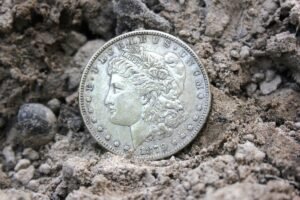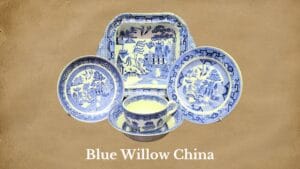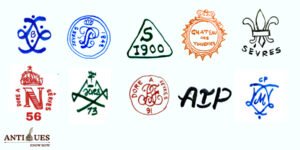It’s really common for antique freaks like me to run after old, 100-year tools these days! But have you ever thought of collecting 1000-year-old natural antiques, such as those colorful, textured beach stones? Maybe not!
Now, although you can collect beach stones for free, unearthing the old ones takes practice. For instance, you’ll need to dive or use special tools underwater. So, all this extra work crazily hikes their cost. Let’s see how and by how much!
Key Takeaways
- You can identify rare and valuable beach stones by performing simple Water, Shape, Mineral, and Moh’s tests in your workshop.
- Valuable beach stones won’t be plain and matte. Instead, they’ll have multi-color streaks, spots, and a shiny, glow-in-the-dark finish.
- Among the seven types of rare & natural beach stones, you’ll get the best value for Agates, Aragonites & Pudding stones.
- Try to get Slate or Petrified wood rocks in a green or red finish for the best returns.
Key Identification Features of Valuable Beach Stones

Unlike common beach stones, the valuable ones had more mineral content, colors, and shapes, as listed below:
- Presence of trace minerals like resin or succinic acids, micro granular quartz crystals, and iron
- Unusual patterns like spots, speckles, and fossil imprints
- Hollow and luminescent, i.e, they glow under UV light
- Healing, Spiritual, or energy transfer properties
- High luster or a mirror-like reflection
History of Old Beach Stones & Rocks Collection
It’s true that old beach stones didn’t change over the years. But what changed were their mining and excavation methods. For example, the earliest Roman or Chinese people used fire to crack the fossils. So those have blackish soot and crude edges.
Then in the 1700s, it was all about surface mining. So the Greeks used some basic diving and snorkeling tricks to collect limestones and agates from the continental shelf.
The later decades saw a rise in deep-sea diving and blasting. So now, people started collecting deep, ocean-floor rocks like Gabbro, Serpentine, and Olivine. And since these were old, deep, and compressed than the rest, they were valued more, even up to $10,000.
7 Valuable Beach Stone & Rock Types with Values
Let’s have a look at the most precious beach rocks, their main features, and values below:
1. Geodes

In simple terms, geodes are hollow stones with volcanic crystals inside them. These usually have superior chalcedony walls but can also have calcite or limestone traces. Also, you’ll see fresh white or purple streaks and cavities. Overall, these cost $1 – 5 per carat.
2. Agates

Agates are simple banded silicate rocks costing $1 – 2000. Generally, these are round, translucent, and a bit mossy. And you’ll also get them locally, especially around the beaches of Oregon, Idaho, and Montana.
Agate stones are further classified as:
| Agate Stone Subtype | Identifying Features | Estimated Value |
| Orca Agate | Dark blue or green walls with a white core and gold streaks | $1 – 1800, as per size |
| Botswana Agate | Red, Orange, Blue, Green, and Yellow surfaces with Spiral or Milky Veins | $5 – 300 |
| Fortification Agate | A Pacific Ocean specific Agate with multicolored, concentric walls | $20 – 300 |
3. Chalcedony Beach Stones
If your beach stone has a dull or bubbled surface, it might be an old chalcedony stone, costing $10 – 100 per carat. Such rocks have a vitreous luster and a Moh’s hardness of 6.5 – 7. Plus, you’ll get them in red, blue, green, and orange colors too!
4. Aragonite Cluster

Ever seen the large salt clusters on your Margherita? Well, Aragonite crystals look the same. It’s just that they have hexagonal or coral shapes, costing $5 – 3000. These are mostly red or brown, but you’ll even get deep-sea ones with gray and orange streaks.
5. Quartzite

As we all know, Quartzite is a rare, transparent silicate stone. This one might have some milky white molten or lava sediments, too! Plus, you’ll also see some triangular or hexagonal crystals, costing $10 – 15 per pound.
6. Dolomite Rock
If a beach rock looks layered, sugary, or porous, it might be a Dolomite rock, costing $0.02 – 1. These rocks are quite powdered and often have gray or white core crystals. Plus, these have a unique rhombic or saddle-like shape along the outer edges.
7. Puddingstone

Pudding is one of the oldest rocks from the Ice Age era. Actually, this one’s like a mosaic, with naturally stuck ocean stones and quartz. It’s also more multicolored, rounded, and fine-grained. So, sellers charge about $10 – 300 for this one.
5 Factors to Identify & Value Rare Beach Stones
If you are unsure about your stone’s type, let’s try some small identification and visual tests to help you out:
1. Rock Formation Method
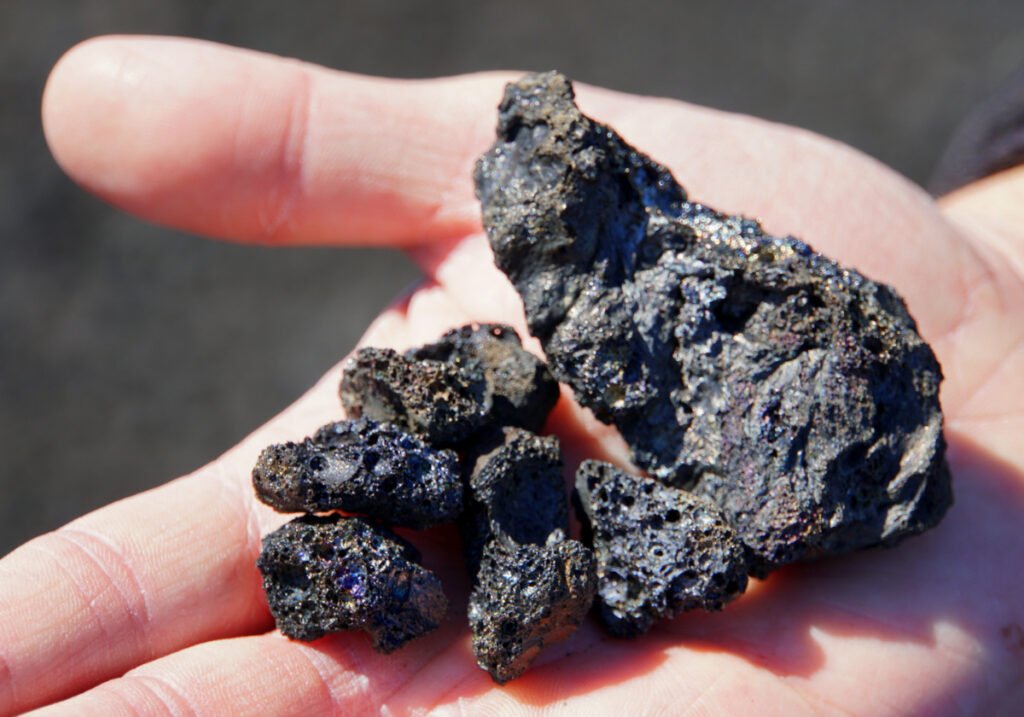
We have all learned about igneous, sedimentary, and metamorphic rocks in school. And this simple, 3rd standard test will help price your beach rock even today. Here’s how:
Sedimentary Rocks
You can spot sedimentary rocks by their layered or meshed bodies, aerated surfaces, and high porosity. These usually cost $20 – 1000 and often have animal or plant fossils at the cores. Also, these have more salts and red, black, or gray streaks than others.
- Popular Collectibles: Limestone, Sandstone & Shale
Igneous Rocks
Igneous rocks are those that cool down from molten magma or lava. So they look more frothy and often have smooth, fine-grained crystals at the top. You can also identify them by their dual streaks, dark colors, and air bubbles that hike their costs from $5 – 3000.
- Top Rocks: Granite, Geodes, Agate, Pumice & Obsidian
Metamorphic Rocks
Metamorphic beach rocks are those heat and wave-altered rocks on the ocean floor. These are fine-grained and granular but banded more than the others. Also, you’ll see some white, pink, or gray streaks at the core, which you may price at $20 – 1000.
- Top Examples: Gneiss, Quartz & Pudding Stone
2. Beach Rock Tests
If you want to know if your beach rock is valuable or not, you must know about its minerals and hardness. Well, the easiest way would be to get a geologist for analysis. But if that’s not possible, try these DIY identification tests at home:
Water Test
Rinse your stone and place it directly under the tap or basin. Now pick it up, brush off the extra water, and note its colored streaks. Then, simply match it from our list below:
| Color of the Streaks | Type of Minerals | Type of Rocks | Estimated Value |
| White, Pink, or Purple | Quartz | Quartzite | $10 – 15 per pound |
| Gray | Feldspar | PuddingStone, Gneiss | $10 – 300 |
| Black, Brown & Green | Mica | Quartzite & Pudding Stone | $10 – 300 |
| Yellow | Calcite | Limestone, Shale | $20 – 1000 |
Crystal Shape Test
Get a magnifier and check if you see any crystals, prisms, or fine needles on the surface of your beach stone. If yes, it might be Quartzite or Agate, costing $10 – 1800. If not, it might be an ordinary river rock or glass piece along the shore.
Mineral Streak Test
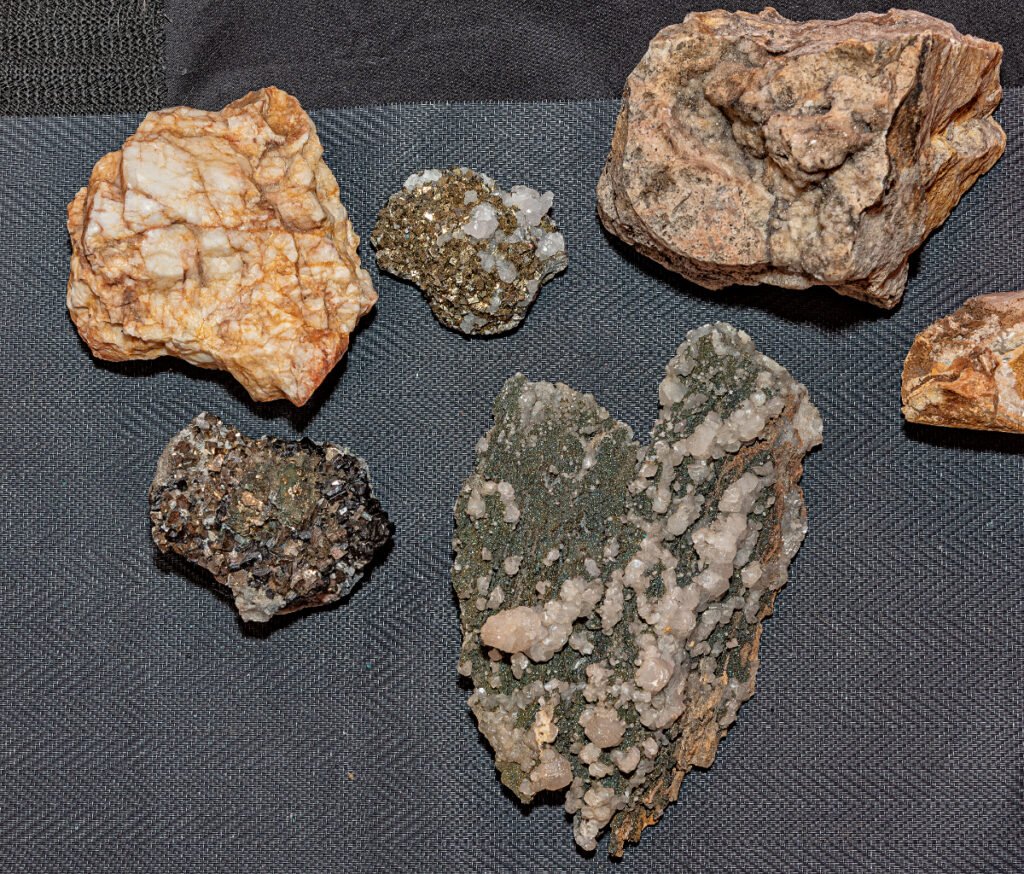
Take a clean Porcelain slate and rub your beach stone against it. Apply a little pressure to ensure it leaves a colored line on the slate. And once you get this line, check the name and values below:
| Types of Line Colors | Type of Beach Stone | Estimated Value |
| Gray, Pink, Red, Brown, Black | Quartzite | $10 – 15 per pound |
| Brown, Black & Blue | Agates | $1 – 2000 |
| Red, Orange, Yellow | Jasper | $1 – 5 per carat |
Mohs Test
Mohs Test, aka hardness test, is a simple identification test using coins, nails, and glass. For this, you just have to rub the stone with each material and check for scratches. The stones that don’t have any scratches from the nails are 7- 8 levels hard and precious.
But those easily scratched by the coins or glass might have a lower hardness of 1 – 4. So, they are relatively cheaper.
Avoid scratching the entire stone, as it may lose its original color and finish. Instead, select a point at the base and perform your tests there.
3. Beach Stone Materials
While most beach stones are cut sediments from larger rocks, some are formed by decomposed wood and minerals over the years. For example, the older ones might contain wood or lava. And the relatively new ones have clay or minerals!
And here’s how much you can charge for each:
| Old Beach Rock Contents | Top Features | Estimated Value |
| Lava (Obsidian) | Igneous rock with a black, shiny appearance and spiral veins | $1 – 10 per carat |
| Slate (Clay) | Metamorphic rock with volcanic ash, low-level quartz, and a black marble appearance. Might have embedded fossils too. | $50 – 1000 |
| Petrified Wood | Fossilized wood with yellow and red crystals, wood flakes, and resins | $300 – 1000, as per size |
| Amber | Simple seaweed sap stones with grass and fossils | $1 – 30 per carat |
| Calcite | Transparent, Brown, Blue & Green stones with linear crystals | $1 – 6 per pound |
Try to get beach rocks with their original fossils or clastic textures for good value.
4. Rare Beach Stones
What do you think is the maximum cost of any beach stone? $2000? $3000? At most, $10,000, right? What if I told you sellers sold a unique green volcanic stone for $44,000 in 2020? That’s because it had rare turtle patterns on the back!
Well, the unique and rare the stone, the costly it gets. So keep an eye out for unique animal patterns and fossils.
Here’s a list of some rare beach stones and their estimated costs:
| Rare Beach Stone’s Name | Average Value |
| Isle Royale Green Beach Stone by C.T Jackson | $44,000 |
| DeeDeeite Rhyolite Sphere | $400 |
| Conglomerate Sand Rock | $20,000 |
| Natural Holed Wishing Stones | $500 |
Try to get beach stones with dinosaur bones, shells, and shark teeth for a rare piece.
5. Valuable Beach Stone Colors

It’s not like all beach rocks are gray and brown! Some rare and precious stones also have green, yellow, and pink streaks! So, let’s see how to appraise these unique colors:
| Old Beach Rock Colors | Beach Rock Name | Top Features | Average Cost |
| Violet or Purple | Amethyst Stalactite | Clear Quartz crystals with radiating Violet glow and chiseled surfaces | $20 – 30 per carat |
| Green or Gray Green | Copper Septarian Chlorastrolite | Crystallized structure with a meshed, pebble-like appearance | $500 – 800 |
| Lime or Green | Peridot Crystals | Yellowish green Olivine crystals with a chiseled finish | $50 – 80 per carat |
| Yellow, Red & Orange | Bruneau Jasper | Warm, layered finish with bubble-like motifs on the surface | $1 – 5 per carat |
| Dark Green | Serpentinite | Dark green and black veined structure, just like Marble | $1 – 5 per carat |
Try to get beach rocks with purple, red, or yellow streaks for the best healing or spiritual properties.
Which Valuable Stones Can You Look for at Your Normal City Beaches?
You can look for Red or Yellow-colored Agates, Jaspers, Hag stones, and Petrified wood fossils at your regular beaches.
How Do You Verify a Beach Stone?
Take a gas blow torch and apply some heat from a distance. If the stone remains solid and intact, it’s an original one. But if it melts, it might be a shiny plastic piece.
We all love collecting rocks at the beach, right? But to get the valuable ones, you must dive deep into their colors and materials. And the most foolproof way to do so is to perform the tests and compare the findings with our tables! It’s as easy as it sounds!
And if you want to value more nature-related antiques, such as antique bricks, I have a detailed value guide for you!
Note: This article is intended for informational, educational, and entertainment purposes only. Some images are illustrative and may not represent actual brands, products, or related entities. All trademarks, product names, brand logos, packaging, and other intellectual property referenced remain the exclusive property of their respective owners. Any brand mentions or references are provided solely for descriptive and educational context and do not imply any formal or commercial association.




